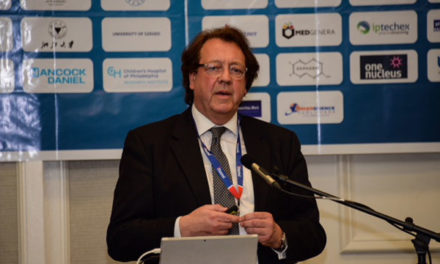Diabetes is a chronic metabolic disorder that develops because the body is not able to produce the hormone insulin and/or is unable to respond effectively to the insulin that is produced.
There are two types of diabetes:
-Type 1, which accounts for 5 to 10% of worldwide diagnosed diabetes cases.
-Type 2, which accounts for 90 to 95% of the totality of diagnosed cases.
The treatment for Type 1 diabetes depends on diabetic medical supplies, above all, diabetes drugs and insulin, while Type 2 diabetes is normally treated by getting involved in the patient’s life.
The World Health Organization estimates that there will be over 350 million diabetics by 2030. This huge number clearly shows that the diabetes market will be strongly influenced, particularly the market related to diabetes drugs, which includes injections like the insulin and exenatide types, and oral drugs like Metformin, Sulfonylureas, Thiazolidinediones, Dipeptidyl inhibitors, Meglitinides, Alpha-Glucosidase inhibitors, and combination medications.
Presently, cases of diabetes are growing all over the world at a very fast pace. The causes for this incidence are several, among which we can name: increased life expectancy, inactive lifestyles, and rising rate of obesity.
The majority of developed and developing countries worldwide suffer from these three factors, and this is why diabetes is becoming an epidemic.
In Brazil, the diabetes drug market is permanently showing a double-digit growth rate. The insulin market in Russia is expected to grow drastically due to the 20 million Russians that are presumed will become diabetic by 2025.
China is currently the country with more diabetics, and it is expected to have over 71 million people with the illness by 2025; but India will soon top the list, and this is why many pharma companies in India have already launched insulin versions that are easy to use, in hopes of dominating the diabetes market in this country.
Diabetes is very rapidly becoming one of the most important areas in the pharmaceutical industry, and from 2010 until 2025, the market’s growth will speed up dramatically.
Following are some indicators that reveal the future of the diabetes market and that are the focus of pharmaceutical consultants and their top clients:
-The diabetes market will have access to highly superior diabetic products.
-Research and development for diabetes therapies will center on technologies that enhance clinical effectiveness, tolerability, and simplicity of use.
-Insulin has the largest market share among the treatments for this disease, with a piece of 45%, and it is expected to rule the market until the year 2025.
-The future influence of inhaled insulin in the market is not clear yet.
-Another important piece of the market is taken by pre-insulin, which has developed a lot of safer and novel diabetes therapies like the DPP-IV inhibitors and GLP-1 analogs. These therapies’ comparative performance will probably shape the market 2013-2014, and in the long run, until 2025.
-After the new FDA guidelines were released in December 2008, pharma companies that work on diabetes drugs have had to perform more thorough studies to prevent ‘unacceptable’ cardiovascular risk. They have to perform meta-analyses for cardiovascular safety during Phase II and III trials and must discard the chance of an increased cardiovascular disease risk by 80% or more. What this means is that safer options for anti-diabetes drugs are just around the corner.
If you liked this article, tell all your friends about it. They’ll thank you for it. If you have a blog or website, you can link to it or even post it to your own site (don’t forget to mention www.smartpharmaconsulting.com as the original source).





